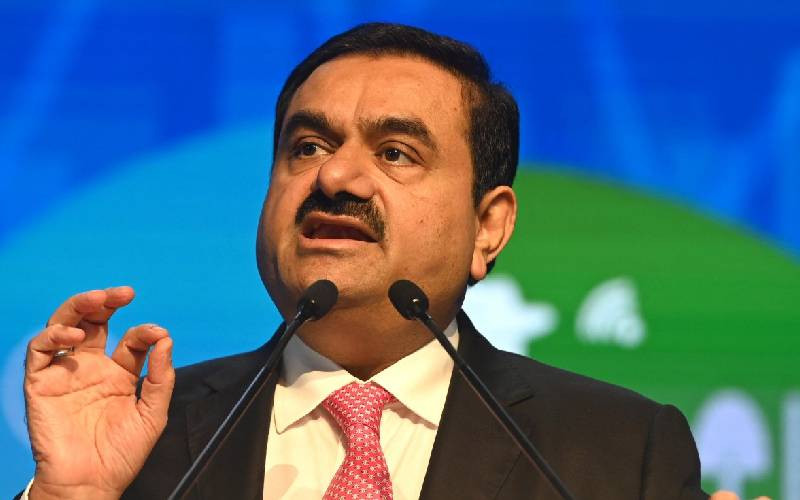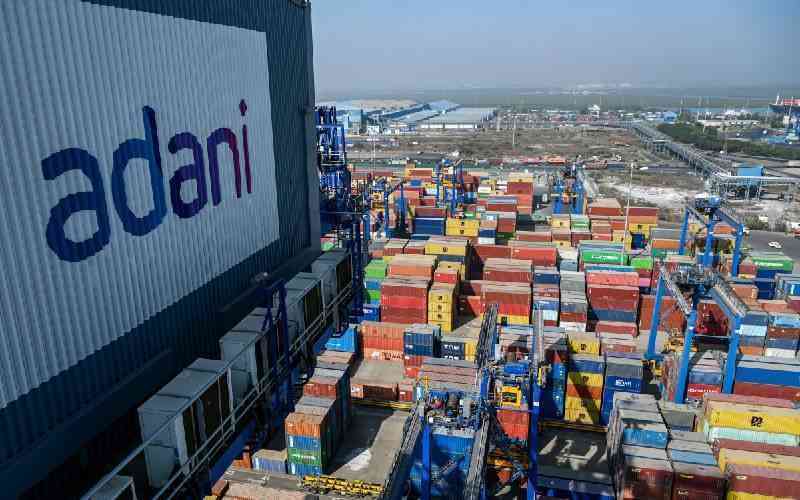
The Kenyan government is determined that the Big Four Agenda in President Uhuru Kenyatta’s national plans delivers on the objective of creating jobs and enhancing economic transformation by 2022.
The Big 4 will help Kenya to achieve faster growth in investment to reach the Kenya Vision 2030 target of at least 32 per cent of GDP. This will in turn accelerate economic growth towards the double digit growth, create jobs and enhance wealth. This means closing the current gap of more than six per cent in the next two years or so. It is not going to be an easy task, but it is one that can be achieved with the right policies, focused implementation and well-thought investments.
The country must prioritise manufacturing by making it profitable for local companies to produce for export, boost their capacities to expand within the country and focusing on small enterprises growth and productivity. Although Kenya’s position in the region as a preferred investment destination remains strong, its competitiveness wavers due to a myriad of factors, the most critical of which can actually be resolved.
The solutions, however, will require political goodwill and strong sustainable policies whose impact will last for years to come. Already, we are seeing heightened activity to improve the road and rail infrastructure. Apart from mega projects like the Standard Gauge Railway (SGR), the Dongo Kundu bypass in Mombasa and Kwale, the Lamu port and its associated infrastructure, there are plenty of other initiatives in the counties.
These have contributed to affirming Kenya’s reputation as a favoured business hub, not only for opportunities in oil and gas exploration but also in other areas like technology and renewable energy. They should guarantee the country substantial foreign direct investment inflows in future, and encourage local investor confidence.
To ensure that the environment is conducive and supportive of foreign and local investments, the Cabinet Secretary for Industry, Trade and Cooperatives Peter Munya will on October 30 launch the Kenya Investment Policy (KIP) and the County Investment Handbook.
The KIP is a consolidated investment policy that will seal a lacuna that has resulted in enactment of laws that are in conflict with the Investment Promotion Act No.6 of 2004, which is supposed to guide promotion and facilitation of investments in Kenya.
Coherent strategy
It provides an opportunity to review and harmonise legislation to make Kenya a more attractive investment environment; and provides a coherent investment strategy that avoids duplication across agencies involved including county governments.
The policy will address the need for an enabling environment that, for instance, provides investor protection and guarantees investment incentives. The ultimate objective is to position Kenya as a premier investment destination, a global leader in investment attraction and retention, by mobilising private investment to support economic growth and sustainable development.
Critical success factors towards an enabling investment environment are as envisioned in Vision 2030 economic pillar, that focuses on growth of productive sectors. Other investment supportive legislations enacted or reviewed in the recent past are integral in implementing a friendly investment regime. These include the Companies Act, the Insolvency Act and the Special Economic Zones Act, the Business Registration Services and the Public Private Partnerships Act, to name a few.
KIP proposes establishment of the National Investment Council, a presidential body with all the key high level personalities responsible for decision making on the most critical investment issues. The council will increase the speed of decision making and support the operational effectiveness of one-stop shop for investors.
The County Investment Handbook on the other hand is intended to build the capacity of county governments to promote their counties as viable investment destinations by providing information and guidance on the most relevant aspects of investment promotion. It can also be used by counties to identify weaknesses and gaps in their investment promotion capabilities and lobby for technical, financial and other forms of assistance.
Initially, legislation touching on investment was not guided by a holistic policy. Therefore, the new policy addresses these together with other challenges experienced in the investor process of entry all the way to aftercare support.
Stay informed. Subscribe to our newsletter
- The writer is the chief executive of KenInvest
 The Standard Group Plc is a
multi-media organization with investments in media platforms spanning newspaper
print operations, television, radio broadcasting, digital and online services. The
Standard Group is recognized as a leading multi-media house in Kenya with a key
influence in matters of national and international interest.
The Standard Group Plc is a
multi-media organization with investments in media platforms spanning newspaper
print operations, television, radio broadcasting, digital and online services. The
Standard Group is recognized as a leading multi-media house in Kenya with a key
influence in matters of national and international interest.
 The Standard Group Plc is a
multi-media organization with investments in media platforms spanning newspaper
print operations, television, radio broadcasting, digital and online services. The
Standard Group is recognized as a leading multi-media house in Kenya with a key
influence in matters of national and international interest.
The Standard Group Plc is a
multi-media organization with investments in media platforms spanning newspaper
print operations, television, radio broadcasting, digital and online services. The
Standard Group is recognized as a leading multi-media house in Kenya with a key
influence in matters of national and international interest.









